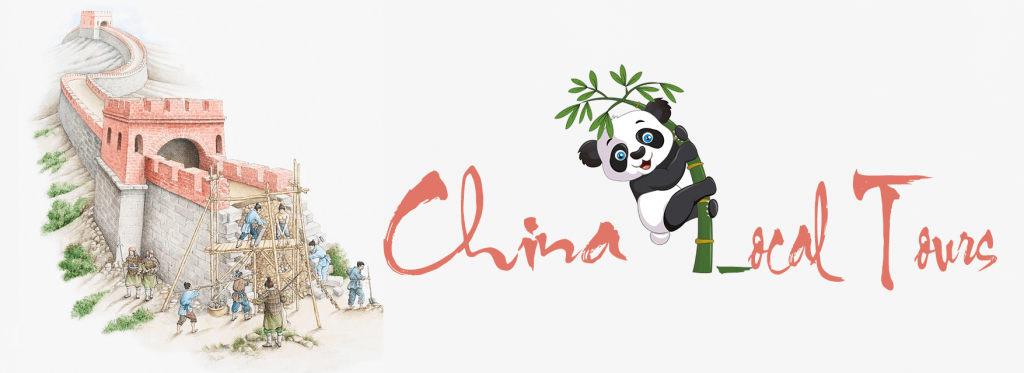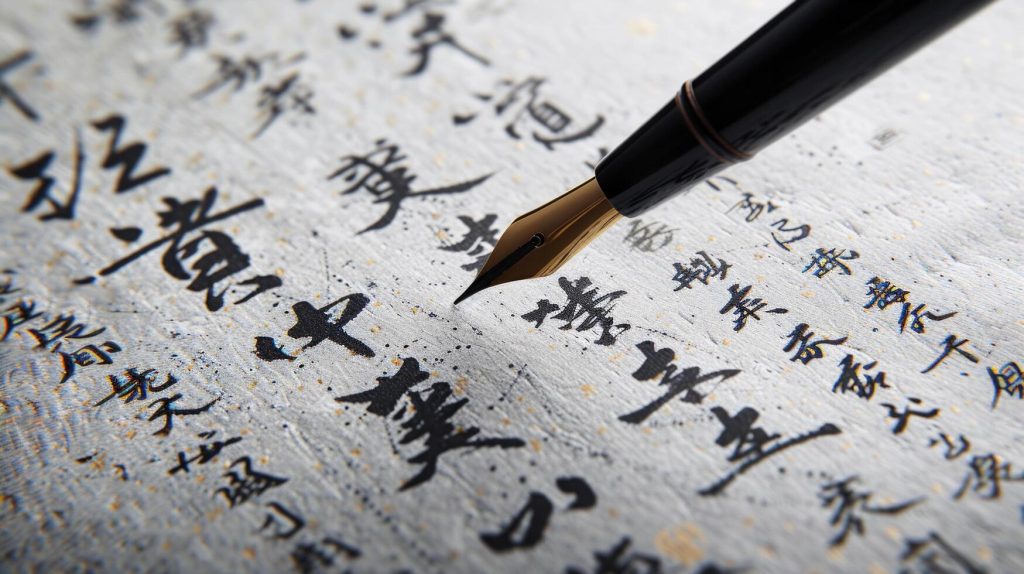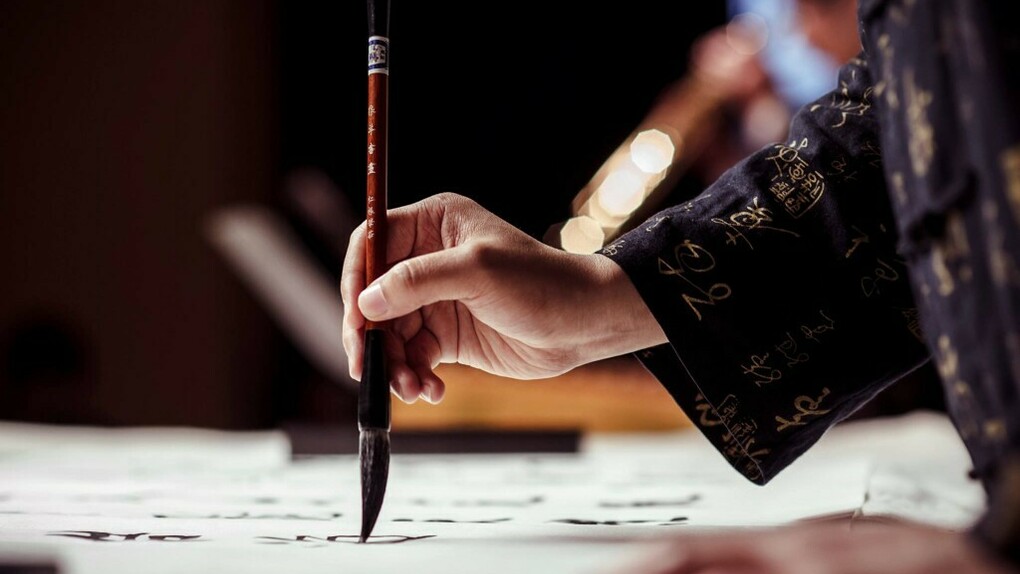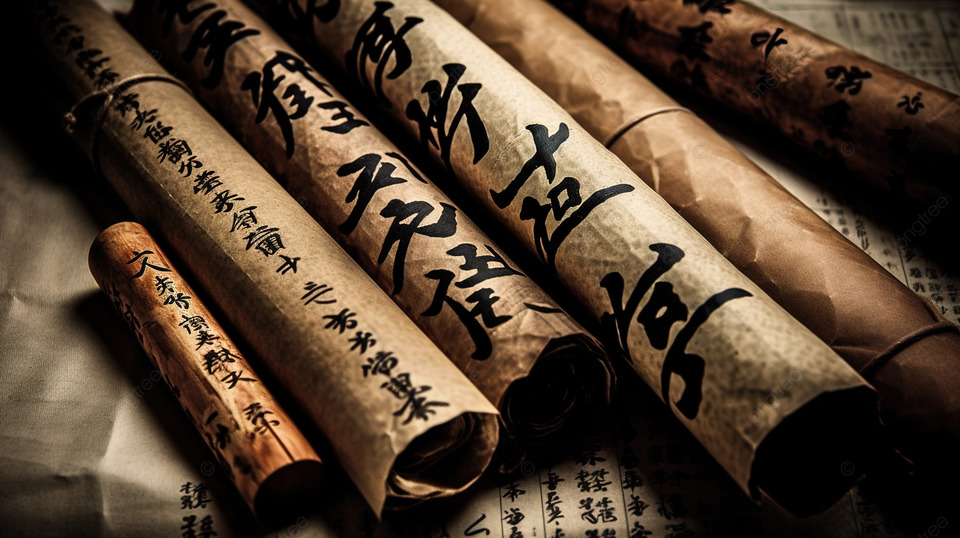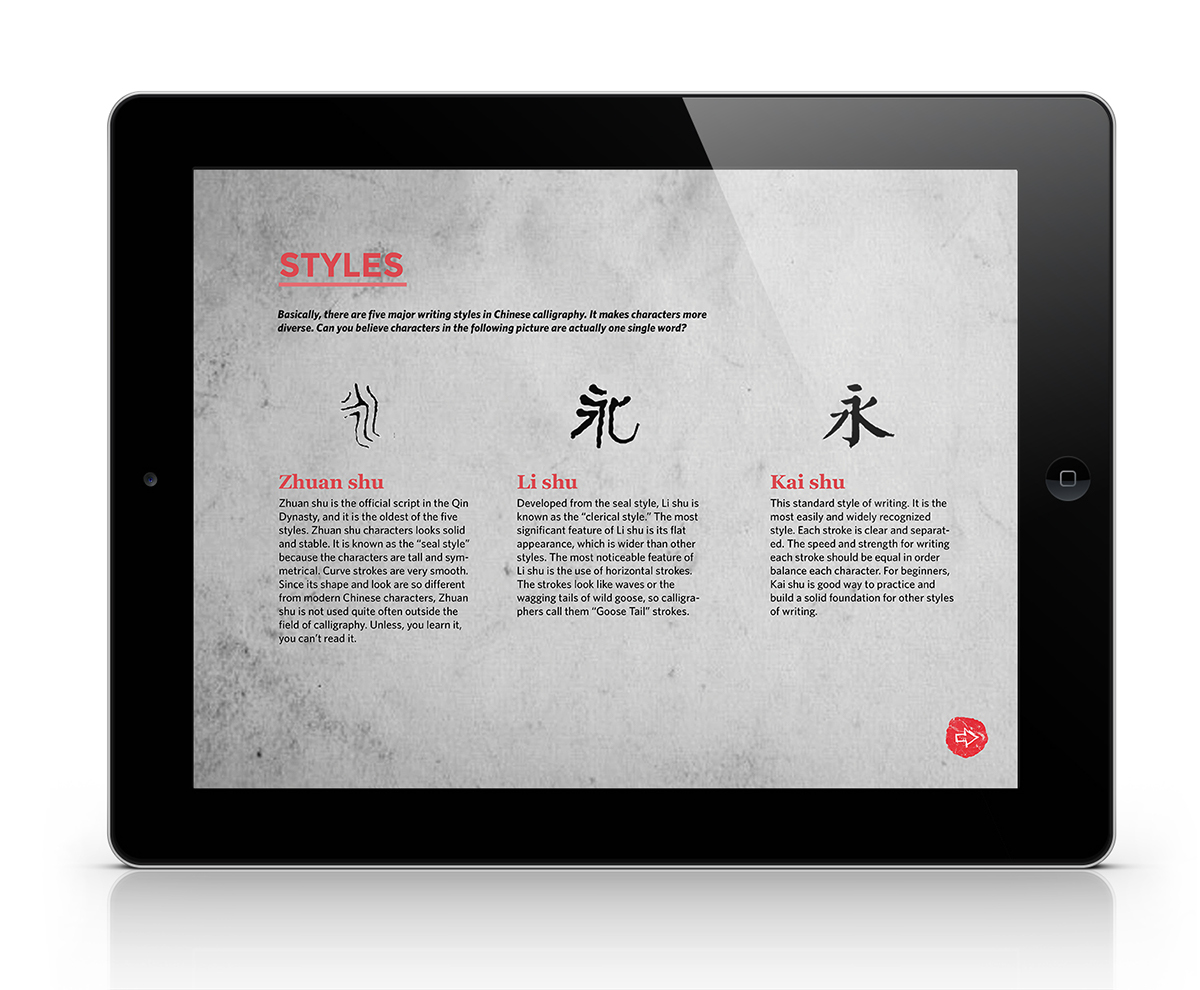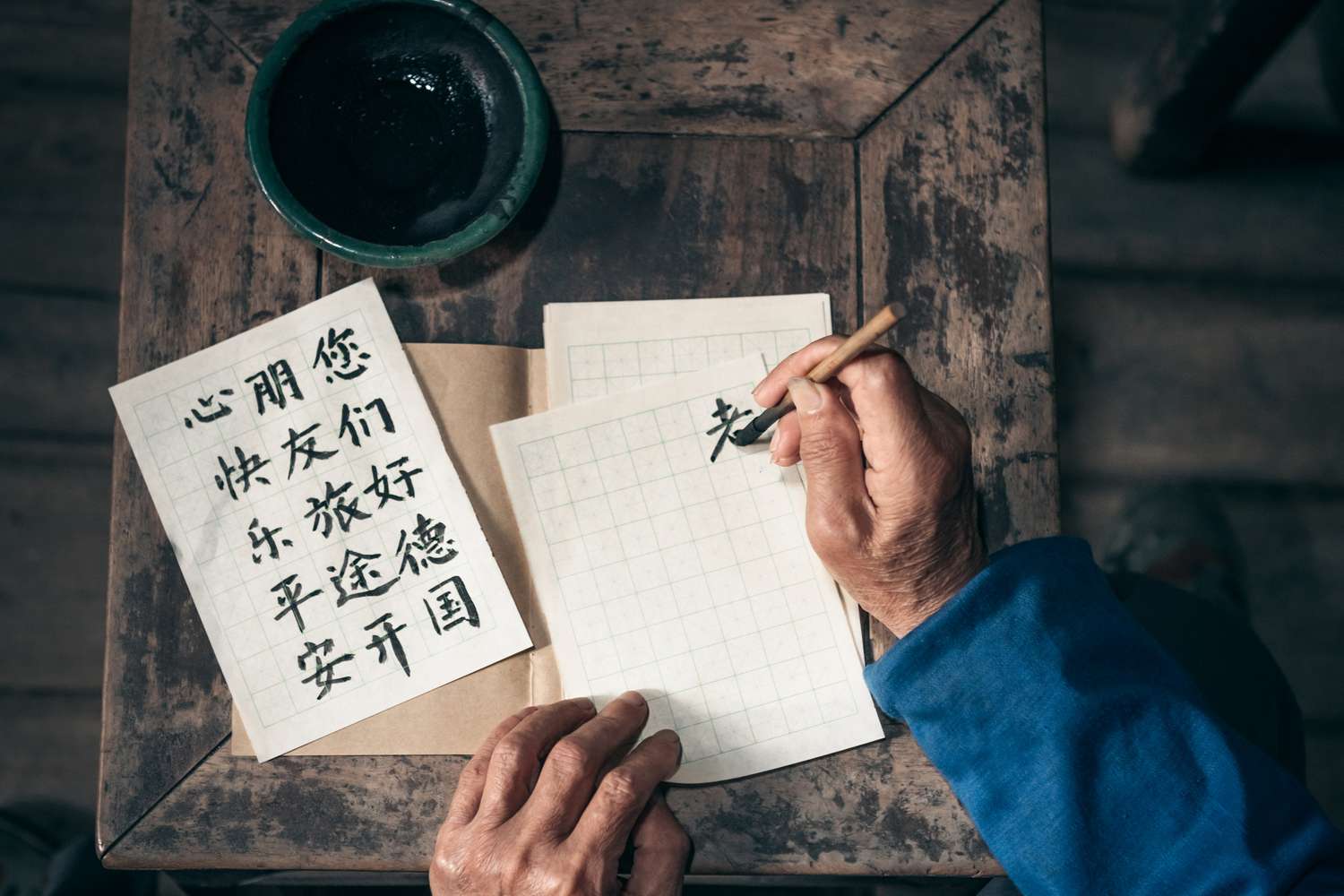Chinese calligraphy is an ancient and revered art form that has been practiced for thousands of years, showcasing not only the written word's beauty but also China's deep cultural and philosophical values. Known for its graceful brushstrokes and profound symbolism, Chinese calligraphy transcends mere writing and reflects the artist's inner self. As the digital age advances, Chinese calligraphy faces both challenges and opportunities, but its enduring cultural significance ensures it remains a treasure that continues to evolve and inspire. In this article, China Local Tours will show you the rich history, significance, and modern resurgence of Chinese calligraphy in the digital age.
The Rich History of Chinese Calligraphy
The history of Chinese calligraphy dates back over 3,000 years to the Shang Dynasty (1600–1046 BCE), when it first emerged as a system of writing. Early inscriptions on bones and bronze vessels gave rise to the script forms known as the oracle bone script. Over the centuries, calligraphy evolved through various stages, with each dynasty influencing its style and techniques. From the seal script of the Qin Dynasty (221–206 BCE) to the more refined regular and cursive scripts of the Tang Dynasty (618–907 CE), the development of Chinese calligraphy reflects the cultural, social, and political changes of each era.
One of the most notable periods in the history of Chinese calligraphy was the Tang Dynasty when it reached its golden age. Renowned calligraphers like Wang Xizhi and Yan Zhenqing became icons of the art form, setting standards for technical skill and aesthetic beauty. Their works exemplify the harmonious balance between brush technique, emotional expression, and philosophical depth that defines the essence of Chinese calligraphy.
Philosophy and Aesthetic Principles Behind Chinese Calligraphy
Chinese calligraphy is deeply intertwined with Chinese philosophy, particularly Daoism, Confucianism, and Buddhism. These philosophies emphasize harmony, balance, and self-cultivation, values that are mirrored in the practice of calligraphy. The brushstroke in Chinese calligraphy is not merely a form of writing but an artistic expression of one's emotions and character. The act of writing is considered a meditative process, a journey of self-cultivation where the calligrapher must achieve mental and emotional balance to produce beautiful, meaningful work.
The materials used in Chinese calligraphy—brush, ink, paper, and inkstone—are symbolic, each playing a vital role in the creation of a work of art. The brush is seen as an extension of the artist's hand, allowing for fluid and expressive strokes that capture the artist's spirit. The ink, with its deep blackness, represents the inner self, while the paper serves as the canvas on which the calligrapher's emotions are revealed. Together, these elements create a holistic experience that fuses artistry, philosophy, and spirituality.
Decline and Resurgence in the Modern Era
Despite its prominence in Chinese culture for centuries, Chinese calligraphy faced a decline during the late Qing Dynasty and early 20th century due to the rise of mass printing technologies. The advent of the printing press, followed by the proliferation of typewriting and digital technologies, diminished the need for hand-written communication. During the Cultural Revolution (1966–1976), traditional arts, including calligraphy, were suppressed, and many calligraphers faced persecution.
However, the 21st century has witnessed a resurgence in interest in Chinese calligraphy, particularly in the digital age. Modern technology, including computers, smartphones, and digital calligraphy tools, has revitalized the art form and made it more accessible to younger generations. Digital calligraphy applications, for example, allow users to simulate the experience of writing with a brush, offering a blend of traditional techniques and modern convenience. These innovations have sparked a global revival, attracting a new wave of calligraphy enthusiasts and practitioners worldwide.
The Role of Technology in Preserving Chinese Calligraphy
The digital age has provided both challenges and opportunities for the preservation and promotion of Chinese calligraphy. One of the most significant challenges is the shift away from traditional hand-written characters, particularly as more people rely on keyboards and digital communication tools. With the increasing use of digital devices, there is a concern that the traditional art of calligraphy might fade away, as fewer young people learn to write by hand.
On the other hand, digital tools have opened up new avenues for practicing and learning Chinese calligraphy. Software programs and mobile apps now allow users to learn calligraphy by practicing on virtual canvases, simulating the brushstrokes and techniques used in traditional calligraphy. These digital tools have made it easier for people worldwide to explore the art form, learn its history, and appreciate its cultural significance, without the need for physical materials or formal instruction.
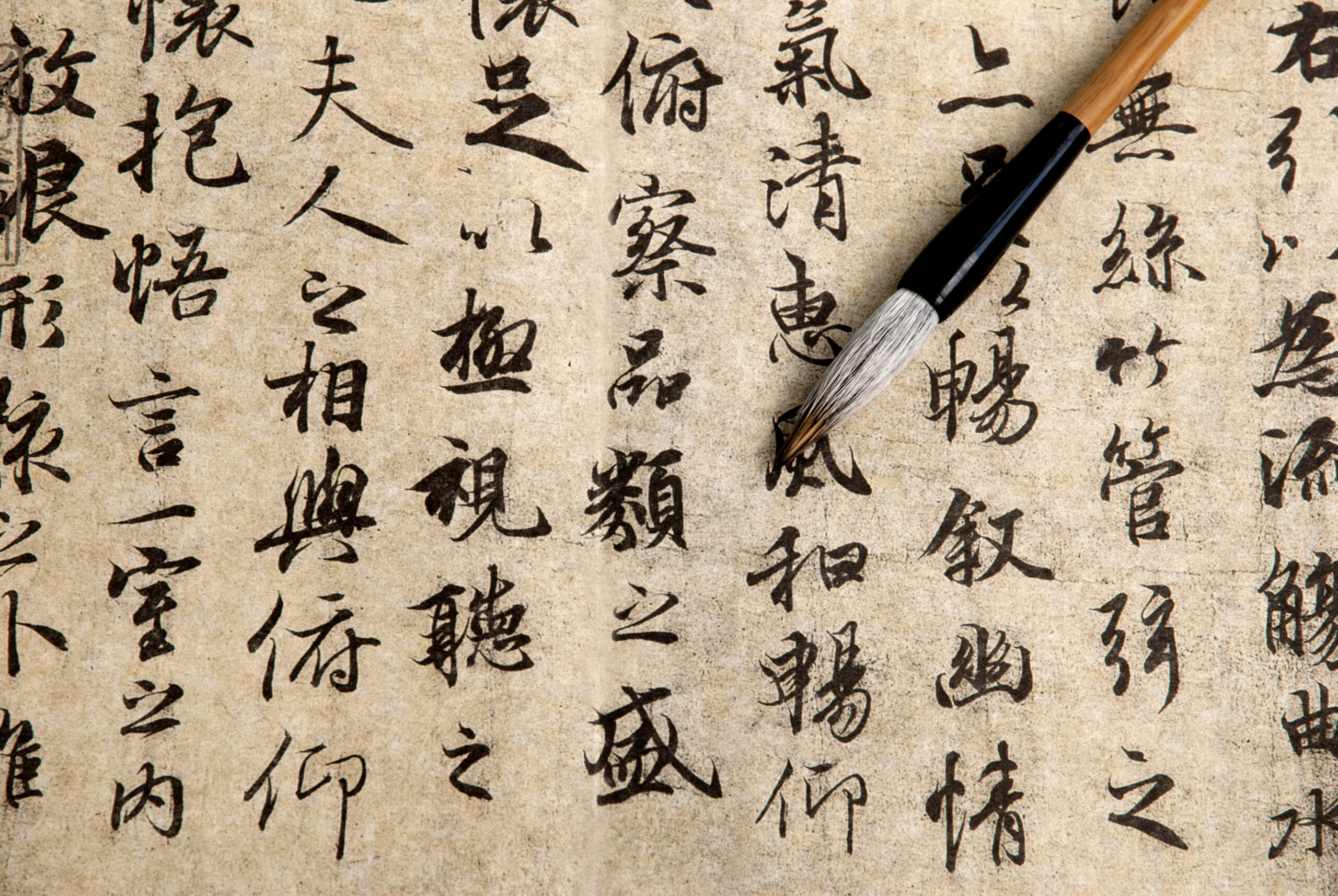
Moreover, the internet has enabled global communities of calligraphy enthusiasts to connect, share their work, and learn from one another. Online forums, social media platforms, and digital galleries have played a crucial role in spreading the appreciation of Chinese calligraphy beyond China’s borders. Through these platforms, calligraphy is reaching new audiences who might never have had the opportunity to experience it in person, ensuring its continued relevance in the global cultural landscape.
One significant aspect of Chinese calligraphy’s role in the modern world is its adaptability. The fusion of traditional methods with contemporary technology ensures that the art form remains relevant and continues to evolve. Digital tools are not intended to replace traditional calligraphy but to complement and enhance it. By preserving the principles of brush technique, character formation, and aesthetic values, while embracing new technologies, Chinese calligraphy is poised to thrive in the 21st century.
The Future of Chinese Calligraphy in a Digital World
Chinese calligraphy is an art form that has withstood the test of time, and its significance remains as strong today as it was thousands of years ago. From its rich historical roots to its spiritual and philosophical connections, Chinese calligraphy represents much more than writing—it is a window into the soul of Chinese culture. While the digital age has brought challenges to the practice, it has also presented opportunities for the art form to adapt, innovate, and spread across the globe.
As digital tools and technologies continue to shape the way we interact with language, Chinese calligraphy will remain a vital cultural treasure. The future of Chinese calligraphy lies in its ability to blend tradition with modernity, ensuring that its beauty, elegance, and philosophical depth are passed down to future generations. Whether through digital platforms, mobile apps, or traditional brush-and-ink methods, Chinese calligraphy will continue to inspire, educate, and captivate audiences worldwide.
In conclusion, Chinese calligraphy is a timeless art form that reflects the cultural, philosophical, and spiritual values of China. While the digital age presents challenges to its preservation, it also offers new ways to share and celebrate this ancient practice. With ongoing efforts to integrate technology with tradition, Chinese calligraphy will continue to thrive as a global cultural treasure, ensuring that its beauty and significance endure for generations to come.
